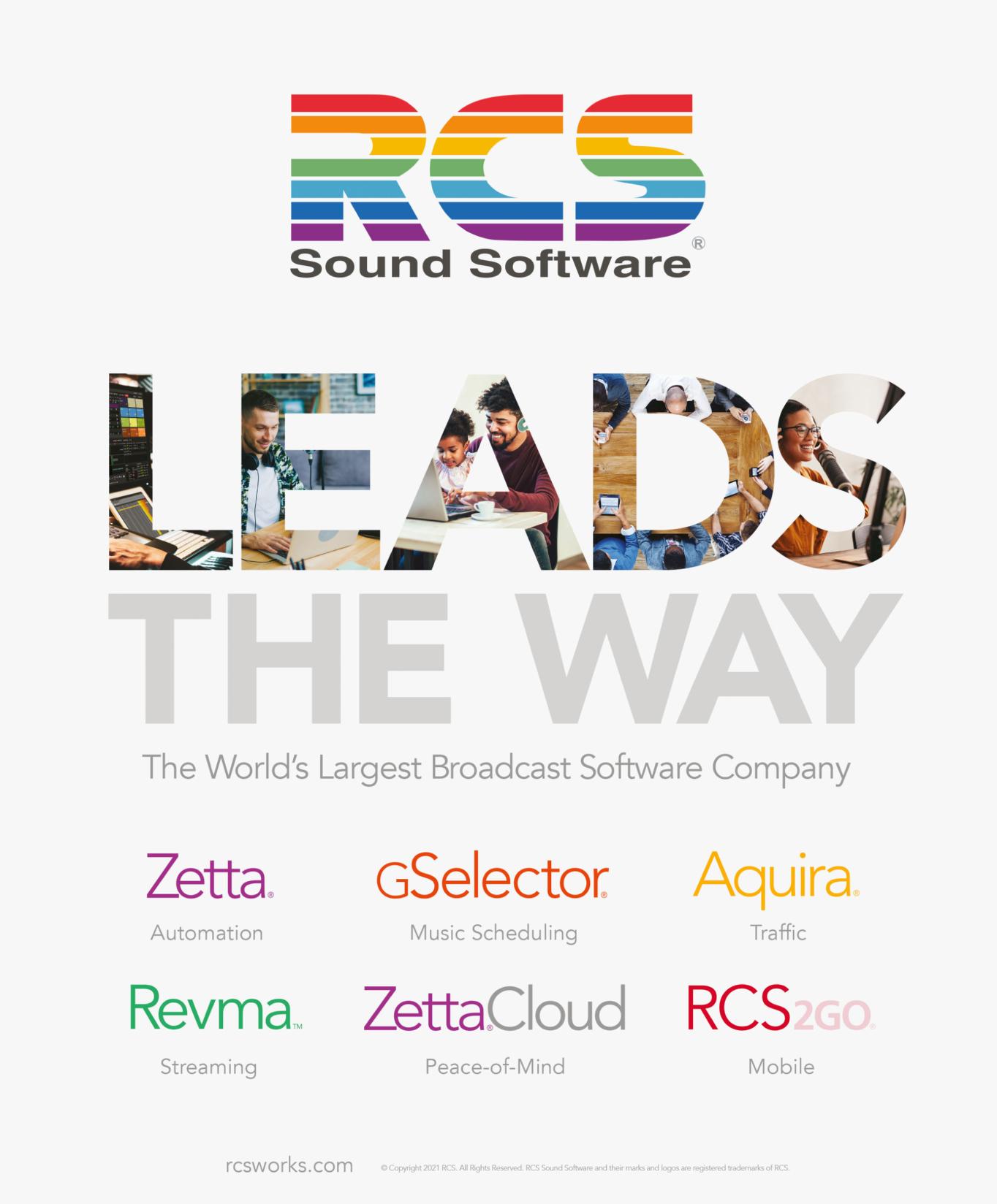
3 minute read
Testing AM all-digital radio in EVs
for broadcast engineers. Because of how papers and presentations are sought out and selected, it has been high on the relevance scale for technologists and engineers attending the show, and a great educational adjunct activity to visiting the exhibits on the show floor.
It’s pretty hard to pick out the important topics at any given point in time. But a sampling of four presentations might be illustrative of the value and, in retrospect, the perspective that the conference has provided over the years:
1Going back to the first NAB Engineering Conference again, one of the talks was on “FM Broadcast Station Construction” presented by Paul A. DeMars, a consulting engineer with the Raymond Wilmotte organization. He ended his talk with the following, which tells you something about the times:
“We hear a lot about the coming atomic age. There have been a lot of serious and semiserious statements made that because of the vital importance of broadcasting in our national life, broadcasting stations, at least a building? The entire transmitting plant could be shipped to the site, the walls bolted together in typical prefab fashion and the various circuits joined by terminal boards. Ridiculous? Today, possibly … not in the radio station of the future.” …
“Monitors could be heading for obsolescence. Transmitter crystals have been improved to the point where it is actually true that some modern transmitters are more stable than the companion frequency monitors.” …
“The radio station of the future will eventually use some form or some adaptation of automatic programming. Many point to the operator who is required to be on duty and to the possibility that a so-called ‘robot’ operation would result in programming devoid of personality. Perhaps a compromise will be the semi-automatic operation, in which the operator on duty can select or cue any desired record by pushing a button.”
3The NAB Broadcast Engineering Conference has long sought reports from standards organization and other groups to report their progress at the annual convention.
22 “The entire transmitting plant could be
certain number of the large key ones, may have to be put underground in order to prevent a national panic in the event that our present facilities should be totally wiped out,” he said.
“Possibly the large number of FM stations that are technically feasible and that will in all probability be built scattered all over the U.S. within the next decade may furnish the national service, even in the event of atomic war, that will take the place of the almost impossible problem of putting the old standard facilities underground.”
2A talk from the 1957 conference titled “The Radio Station of the Future” presented by John M. Haerle with the Collins Radio Company showed a perspective on how radio might be changing in the future. Here are a few of the ideas from that talk, both prescient and otherwise:
“Would it be beyond the realm of possibility to envision a transmitter built in open fashion on the walls of its own For radio, the National Radio Systems Committee has been a consistent presence at the conference since the early 1980s, whenever announcements were timely.
Formed in 1958, though, there was another NSRC, which stood for National Stereophonic Radio Committee. At the 1960 conference, C.G. Lloyd, former NSRC chairman, presented the progress of that committee’s quest to deliver stereophonic broadcasting and had just delivered a report to the FCC on the subject. The NSRC had received 14 proposals for FM systems, at least seven for AM and four for TV sound. Each of these broadcast platforms eventually followed different circuitous paths to stereo — 1961 for FM stereo, 1984 for television sound and 1993 for AM stereo — but the NAB Broadcast Engineering Conference helped engineers understand the process from the beginning.
4Radio has endured many technical controversies, with digital radio being a particularly salient example.



